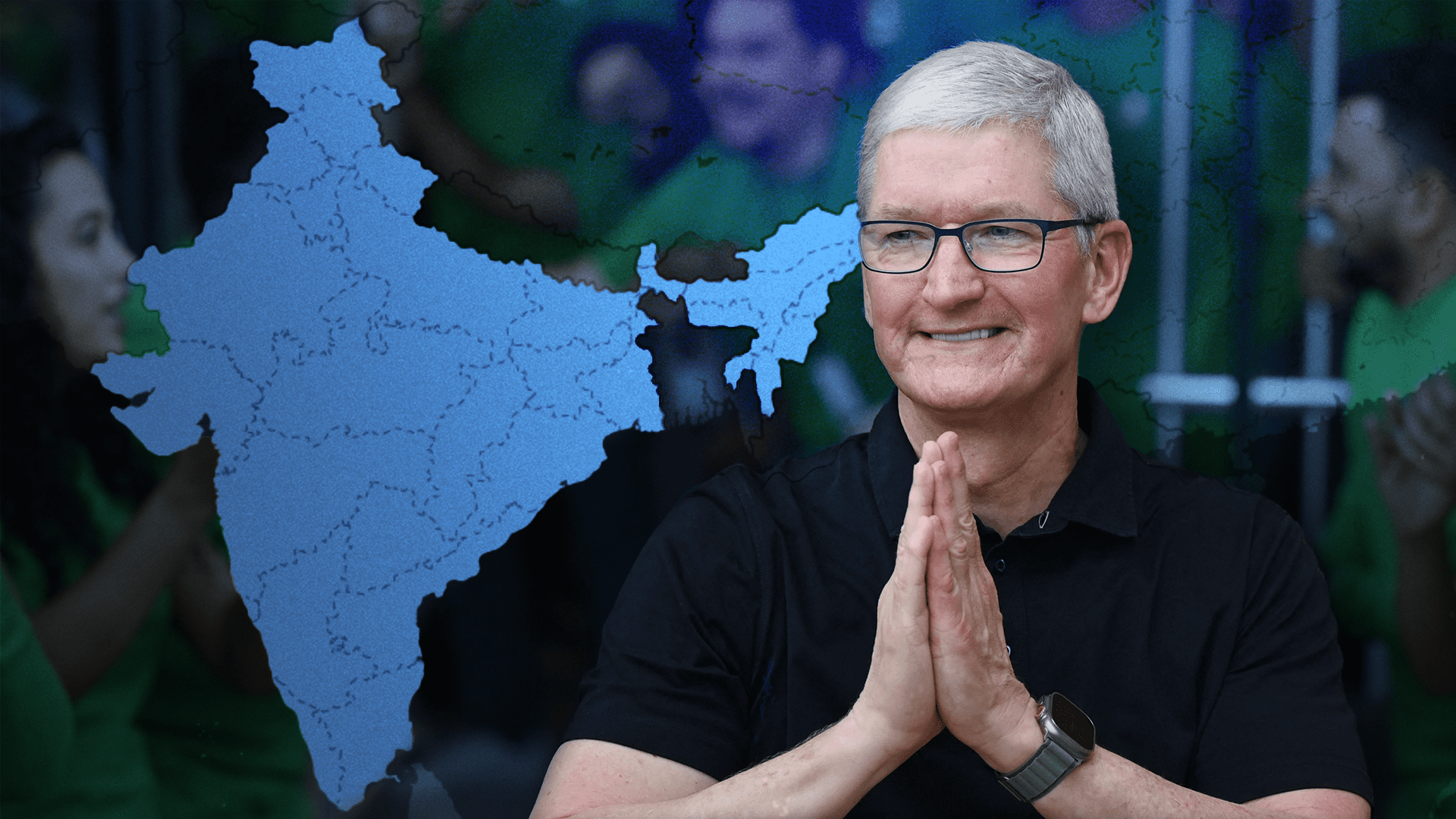It took seven years for Tim Cook to visit India again after traveling to the fast-growing country in 2016. In April, the Apple CEO visited New Delhi and Mumbai to open two flagship stores, one in each city.
“Apple CEO Tim Cook actually traveled to India earlier this year to be in attendance for the opening of those two stores out in India, largely because of the massive opportunity that he sees out in India,” said Angelo Zino, a senior analyst at CFRA Research. “In many respects, we are believers that India is going to represent a similar opportunity to China, and they also kind of represent very similar markets in nature.”
Apple has been manufacturing older models of iPhones in India since 2017. In 2022, the company began making the iPhone 14 in India, which was seen as a big shift in its manufacturing strategy. That year, about 3.5% of the world’s iPhones were made in India. Apple eventually wants to manufacture 25% of the world’s iPhones there.
“The major factor behind Apple’s decision to diversify their production was they saw the impact of some of these disruptions in China that had to do with their Covid zero policy and a recognition of how vulnerable they were if they didn’t have kind of a broader supply base,” said Willy Shih, professor of management practice at Harvard Business School. “Without that broader supply base, they had production shortfalls which impacted their sales, which they might not have suffered as much had they had multiple sources.”
Moving more iPhone manufacturing from China to India sounds like a good idea on paper. In the real world, it’s plagued with serious challenges — finding talent, building out infrastructure and navigating a patchwork of regulations. Apple declined CNBC’s request for comment.
Watch the video above to find out why Apple is betting on India and the challenges it faces as it slowly shifts its manufacturing base from China to India.


